Parts of a Whole – An Equilateral Triangle Puzzle
Assemble the five provided shapes to form an equilateral triangle in this tricky puzzle called “Parts of a Whole.”
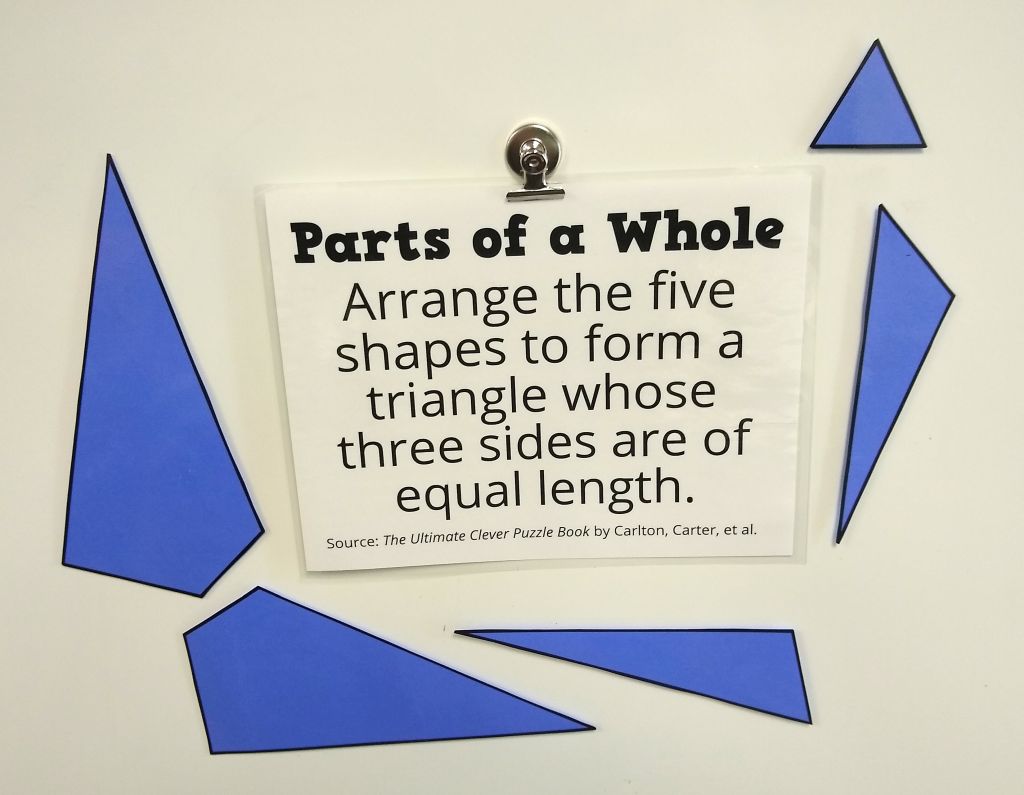
Looking for more printable geometry puzzles for your classroom? Here’s just a few examples of other geometry puzzles I have shared!
Puzzle Instructions
The Parts of a Whole Puzzle gives students five shapes that must be arranged to form a triangle whose three sides are of equal length. In other words, form an equilateral triangle.
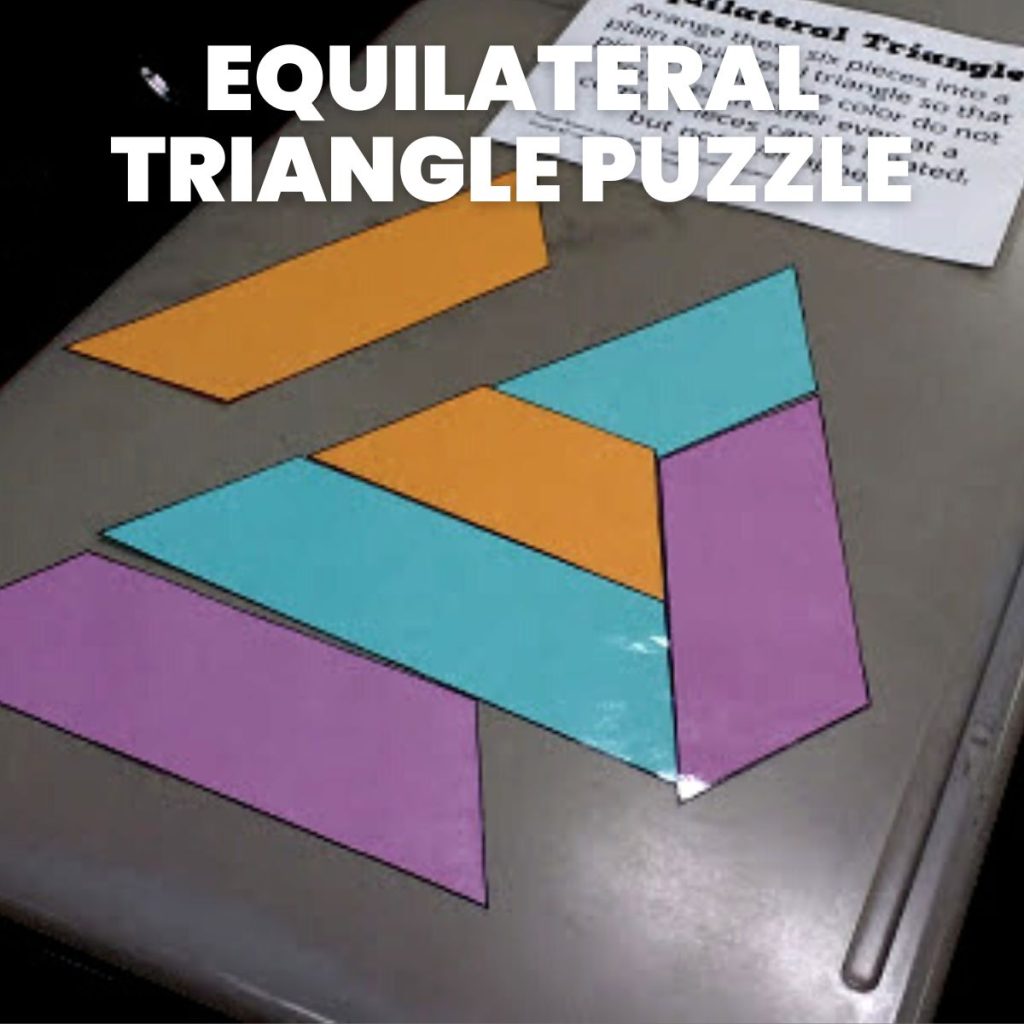
I would have renamed this as the Equilateral Triangle Puzzle, but I have already shared a different equilateral triangle puzzle on my blog before. That puzzle was slightly different in that the pieces were different colors, and there were restrictions regarding colors touching.
Puzzle Source
I found this puzzle in The Ultimate Clever Puzzle Book. I borrowed it for free from the Internet Archive’s Online Lending Library.
This is a great way to check out puzzle books to see if they have enough puzzles you might be interested in before purchasing them.
Using this Puzzle in the Classroom
I posted this in my classroom several weeks ago alongside 8 other puzzles. It didn’t get quite the attention that some of the other puzzles did.
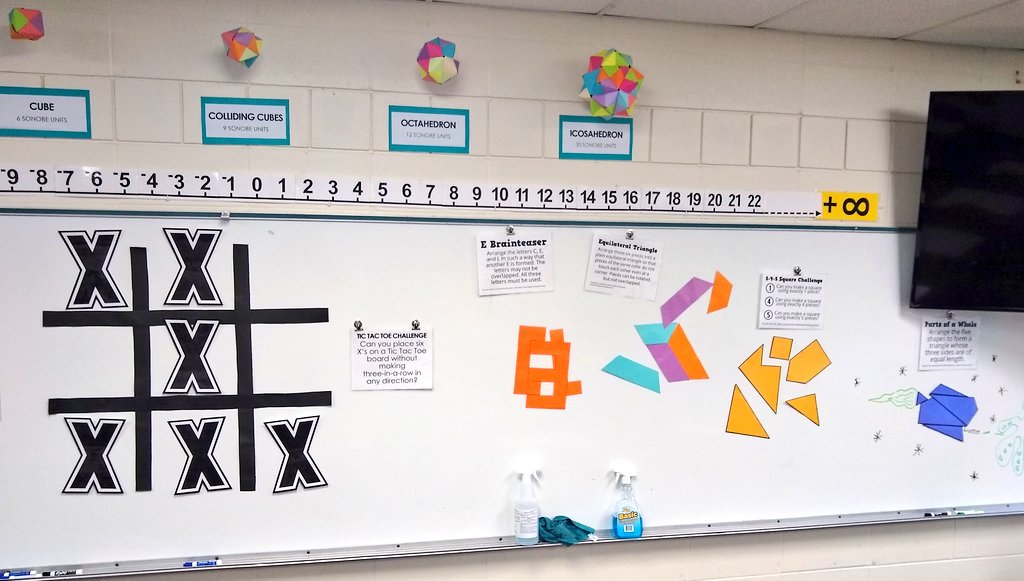
Instead of solving the Parts of a Whole Puzzle, students tended to just see what kind of pictures they could make with the pieces. You can see a rocket ship that one student created above.
I wouldn’t recommend putting out so many puzzles at once. I normally only have one puzzle up at a time. I couldn’t use my magnetic puzzles for so much of the school year due to COVID-precautions.
So, when restrictions lifted, I might have gone a bit puzzle crazy…
Parts of a Whole Puzzle Files
Click here to SAVE the file to your device.
Parts of a Whole Puzzle (PDF)
5428 saves – 87.63 KB
Looking for more puzzles? Check out my puzzles page!
Puzzle Solutions
Puzzle solutions are available on a password-protected solution page. I do not openly post the puzzle answer keys because one of my goals as a resource creator is to craft learning experiences for students that are non-google-able. I want teachers to be able to use these puzzles in their classrooms without the solutions being found easily on the Internet.
Please email me at sarah@mathequalslove.net for the password to the answer key database featuring all of my printable puzzles and math worksheets. I frequently have students emailing me for the answer key, so please specify in your email what school you teach at and what subjects you teach. If you do not provide these details, I will not be able to send you the password.
Not a teacher? Go ahead and send me an email as well. Just let me know what you are using the puzzles for. I am continually in awe of how many people are using these puzzles with scouting groups, with senior adults battling dementia, or as fun activities in their workplace. Just give me enough details so I know you are not a student looking for answers to the puzzle that was assigned as their homework!

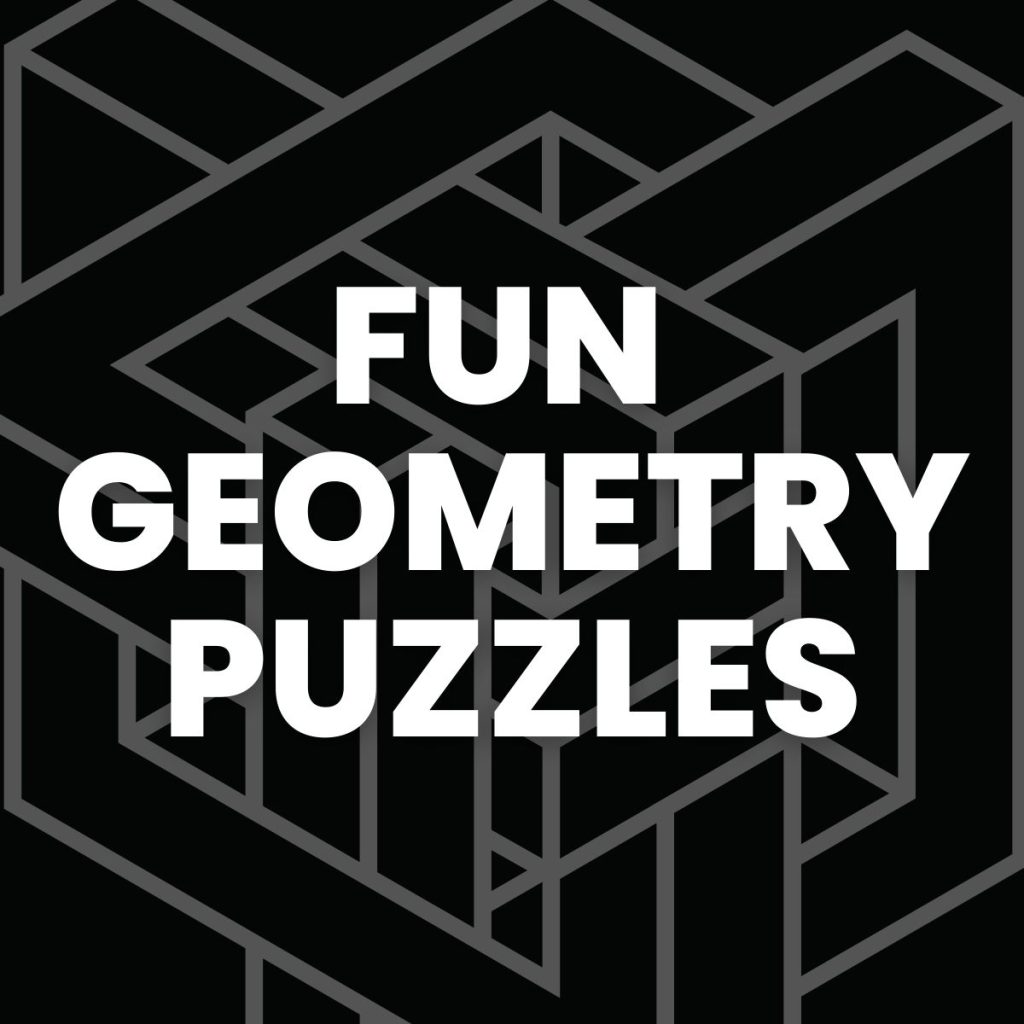
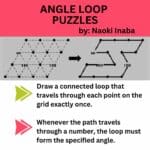
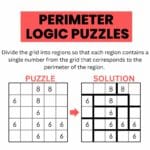

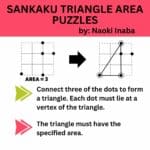
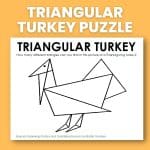
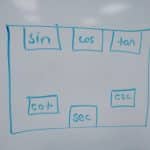
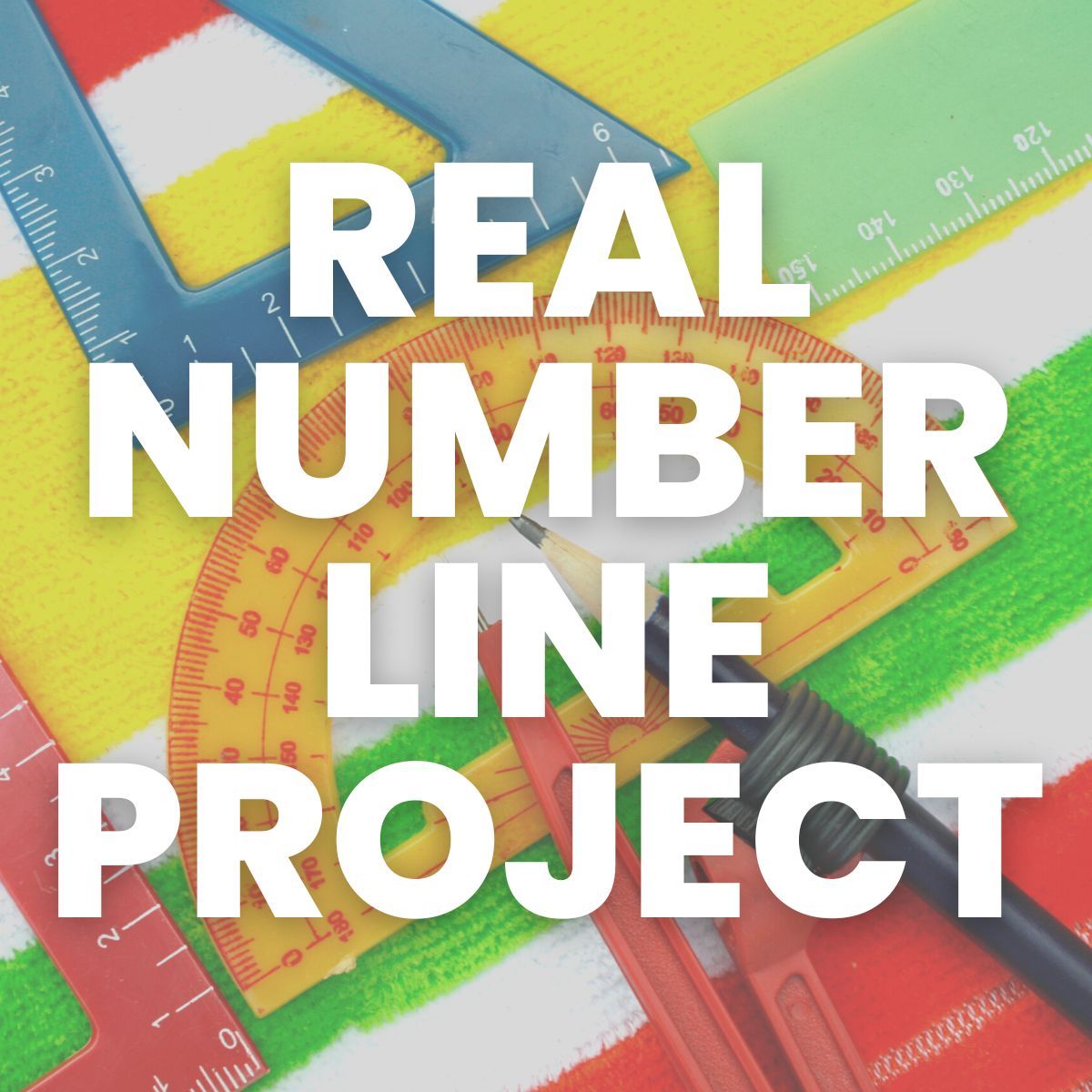
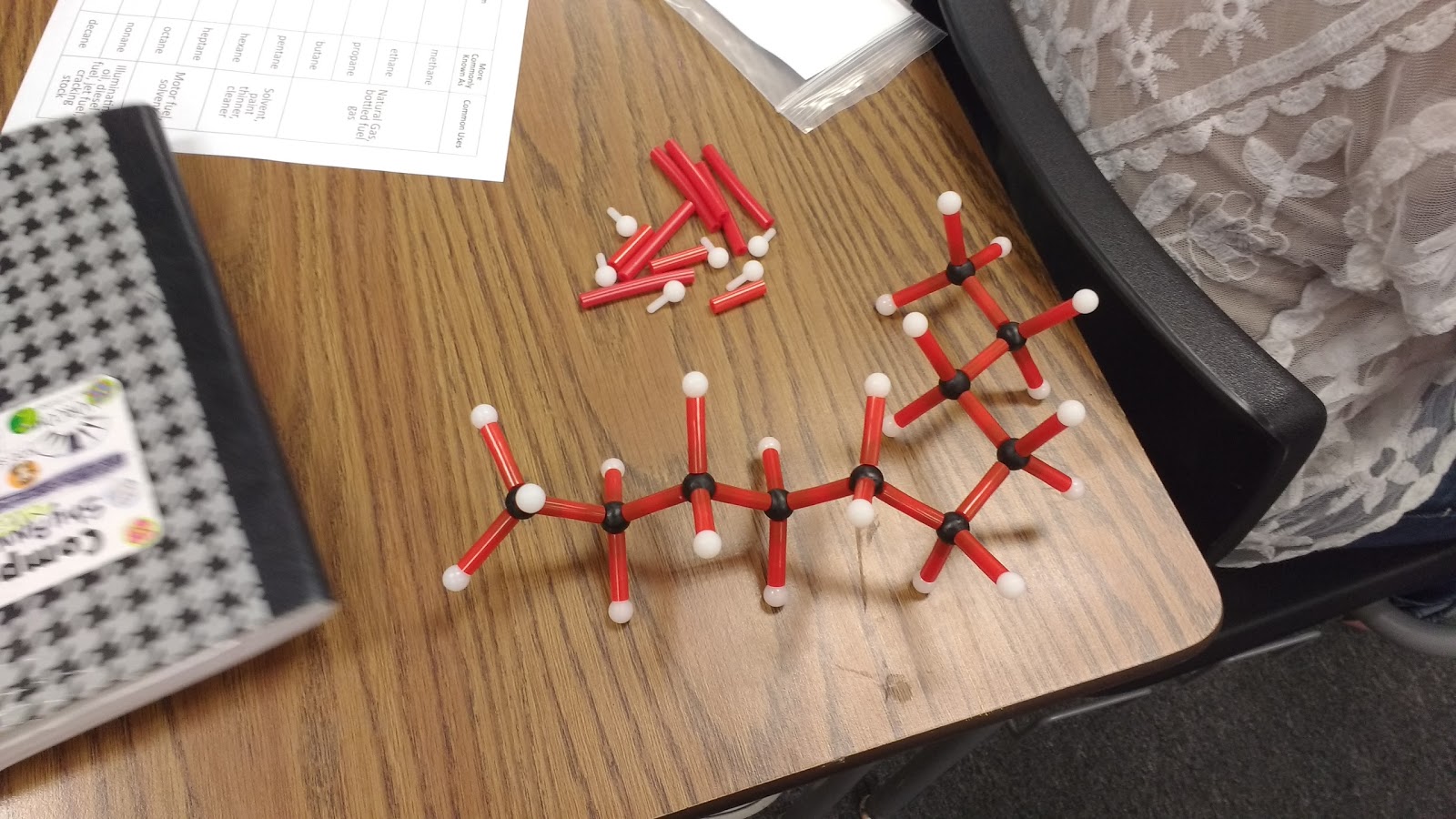
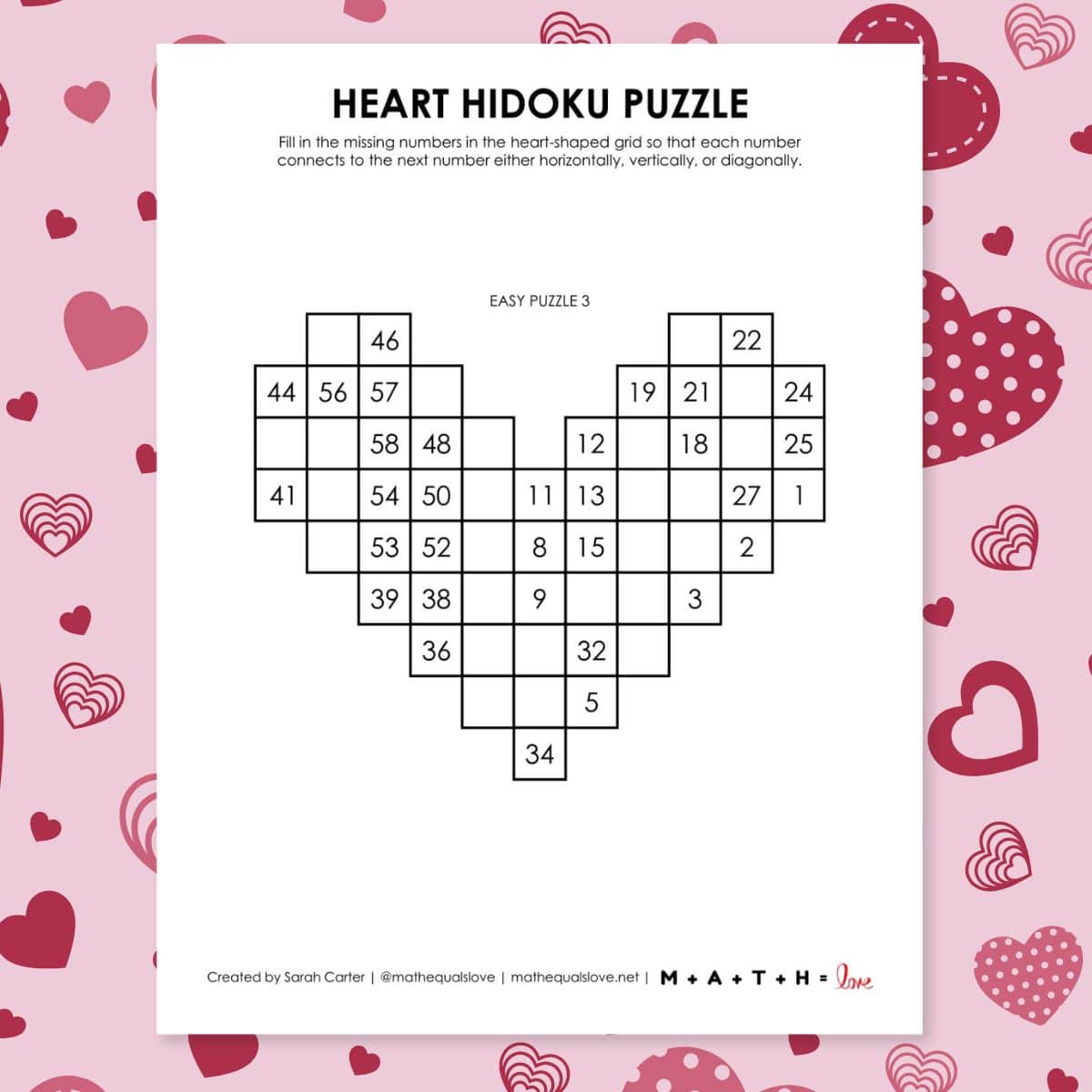
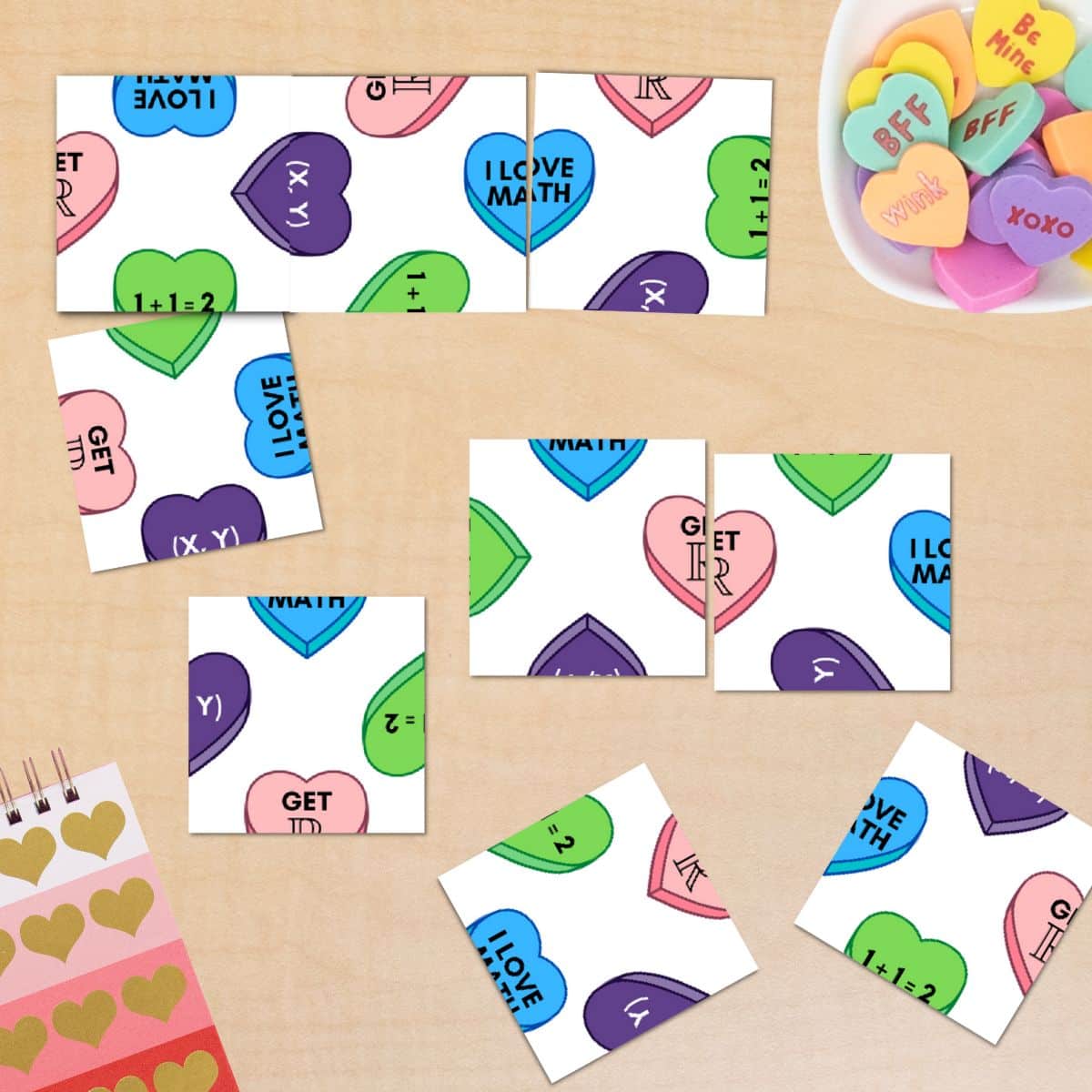
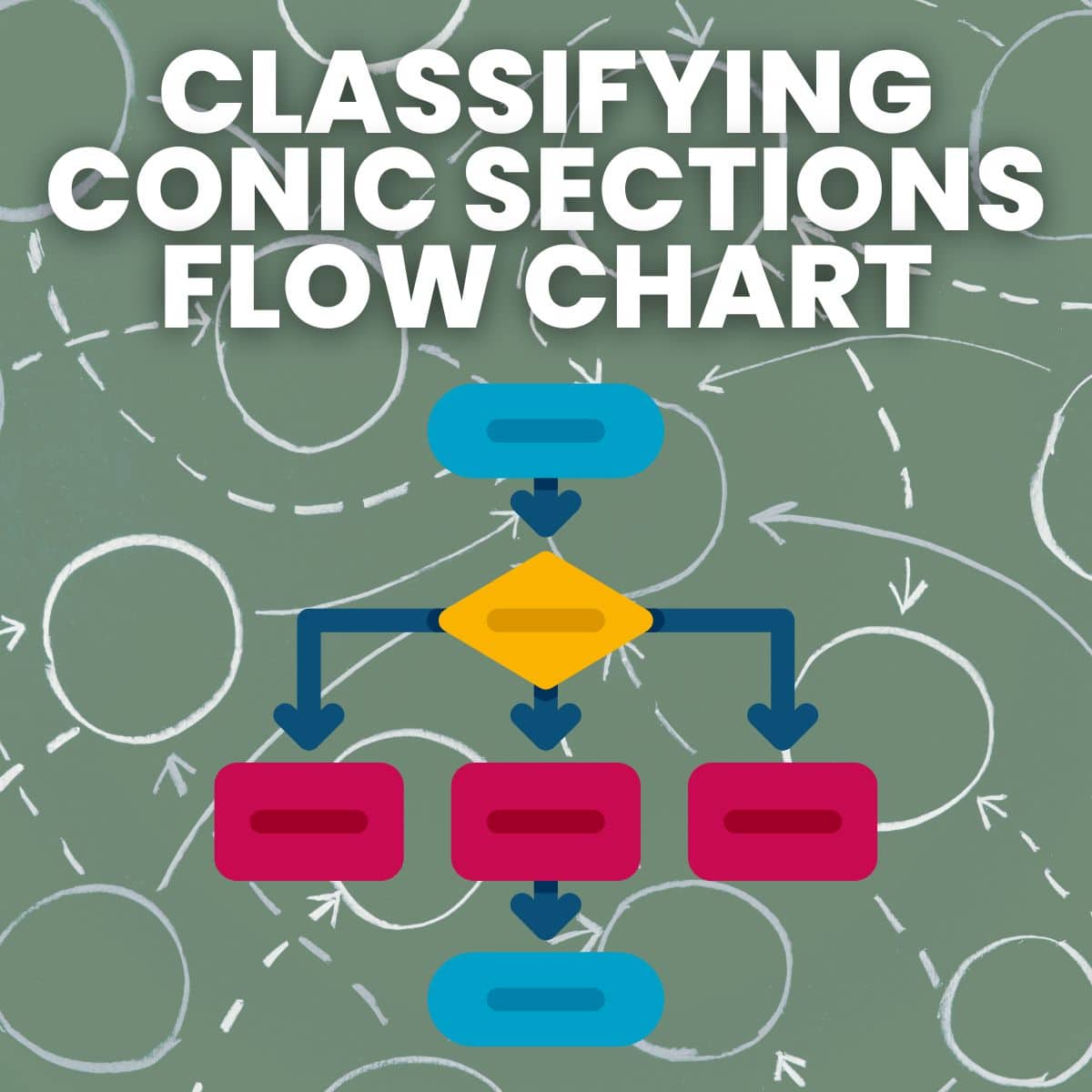
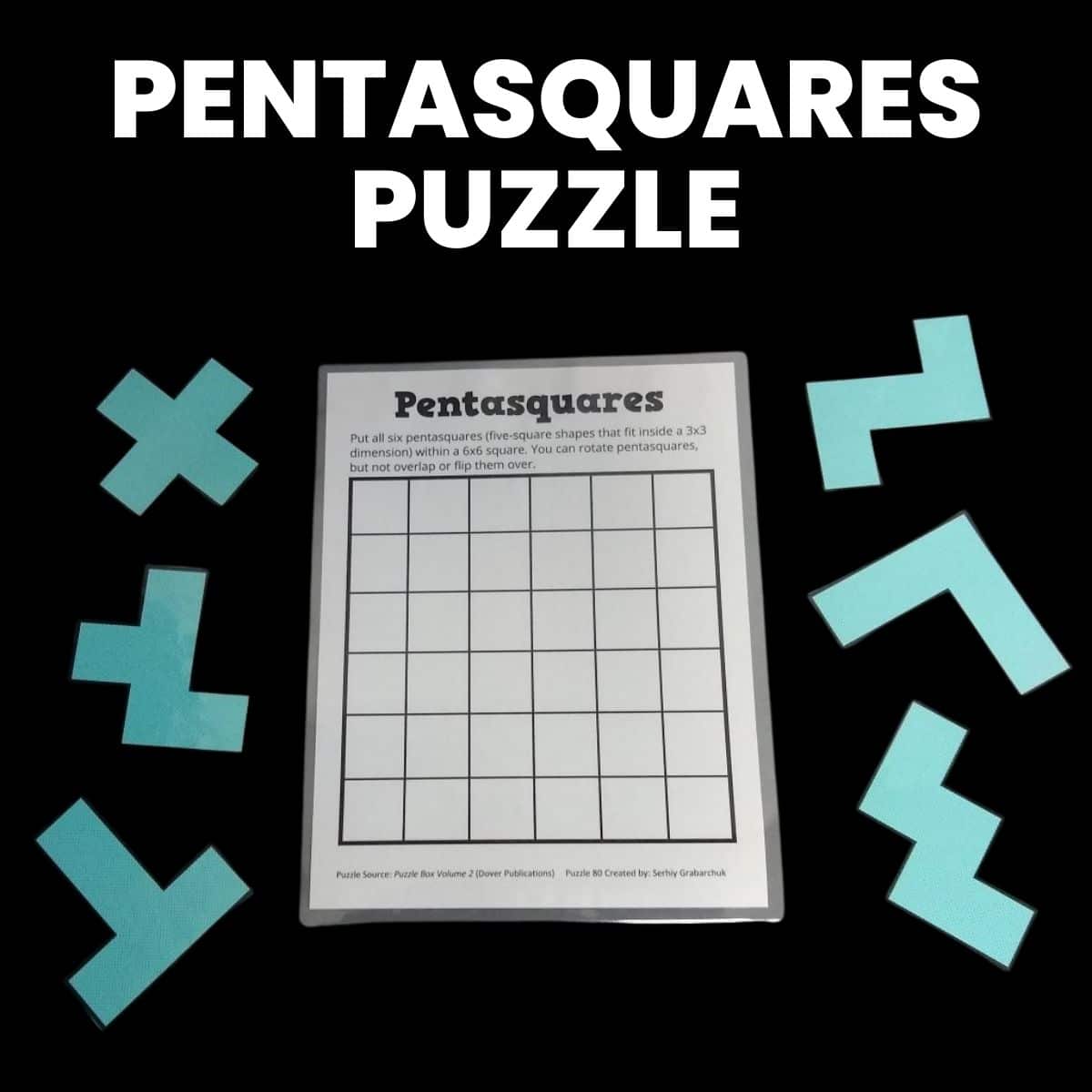
How do you make your puzzles magnetic?
I buy adhesive magnets in bulk from Amazon. I have also purchased them from the craft section at Walmart, as well. I just add magnets to the back of each piece.
Can you post the answer?
Sincerely,
A math teacher, doctor, and engineer…
Here’s a hint: It’s definitely a think outside the box type puzzle.
If you’re still stuck, send me an email at mathequalslove@gmail.com, and I can send you a picture of the solution. I try not to post solutions on the blog.